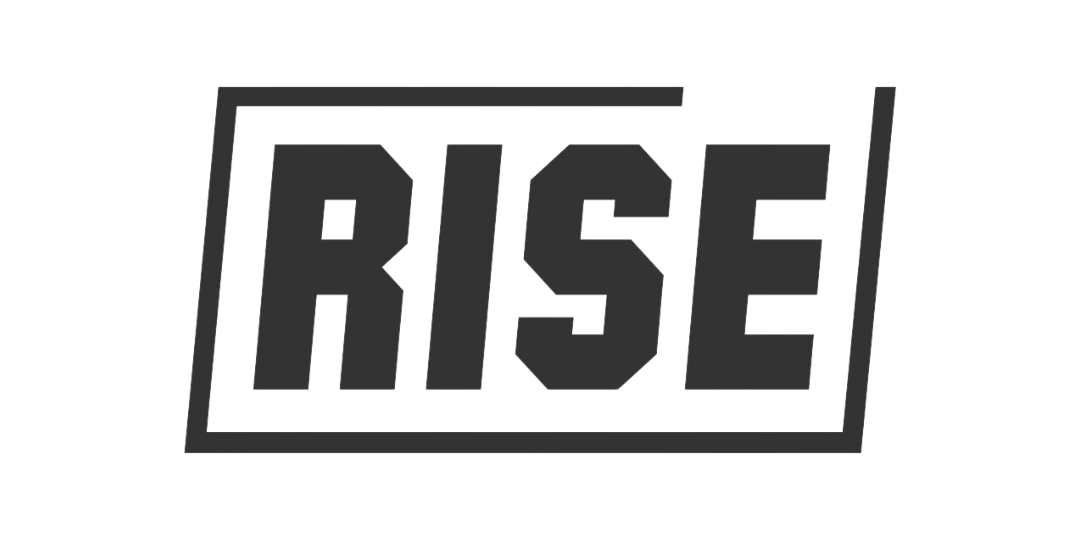Is offering a path to a free bachelor’s degree a winning political issue? Maybe not this year.
During the past two election cycles, Democratic presidential candidates battled over the particulars of their proposals to make college free. But this year, at least so far, access to a free four-year degree isn’t a policy that the Democratic Party is emphasizing.
The 2024 Democratic National Committee platform vows to make “quality, affordable, postsecondary education a path forward again.” But unlike the party’s 2016 platform, which noted that “Democrats are unified in their strong belief that every student should be able to go to college debt-free,” and its 2020 platform, which promised to make public colleges and universities tuition-free for families earning less than $125,000, this year’s platform doesn’t firmly commit to offering a free route to a bachelor’s degree.
Instead, it vows to make trade school and community college free, noting that “four-year college is not the only pathway to a good career.”
Party platforms aren’t binding documents, and this one in particular may weigh less on the Democratic nominee, Vice President Kamala Harris, because it was passed before President Joe Biden dropped out of the race. Still, some experts and advocates say it’s notable that the idea of free four-year college is missing from this year’s platform after two cycles in which advocates celebrated Democrats’ commitment to creating a public option for higher education amid spiraling college costs and rising student debt.
“A party platform or a candidate’s platform is an incredibly strong signal about what early priorities might be for an administration, or a Congress, depending on how the elections go — so it’s notable what’s not in it,” said Mark Huelsman, the director of policy and advocacy at Temple University’s Hope Center for Student Basic Needs. Nearly a decade ago, Huelsman authored an influential paper on free college that helped bring the idea into the Democratic mainstream.
“It’s not fate that free college isn’t going to happen under a Harris administration,” he said. “It is a signal about where supporters [of free college] need to push and what some of the priorities might be.”
A DNC spokesperson said in an email that the party’s platform was developed with input from experts and advocates across the country and reflects many of the “core values of the Democratic Party.”
“This Platform serves as a vision for the Party, and although the Platform is robust, it’s not comprehensive,” the spokesperson wrote.
Growing skepticism about the value of a bachelor’s degree
The change from 2016 and 2020 comes amid growing skepticism about the value of so-called traditional higher education. College campuses have become flash points for debates on culture-war issues, the war in Israel and Gaza and other topics. Add to that college costs that are out of reach for many families and a challenging job market for recent college graduates, and it’s no wonder that many Americans are skeptical of colleges’ role in the public imagination as engines of economic mobility.
Twenty-five percent of Americans say it’s extremely important or very important to have a bachelor’s degree in order to get a well-paying job, according to a late 2023 poll from the Pew Research Center. A survey conducted this year by the think tank New America found that 49% of Democrats and 35% of Americans overall believe that the federal government should be mainly responsible for funding higher education beyond high school. An even smaller share thinks that the bulk of funding should come from state coffers.
“Politically and rhetorically focusing on technical schools and trades, and to some extent community colleges, feels to some like a no-brainer and it also feels like something that’s not as bold and expansive” as free four-year college, Huelsman said.
It “also plays into notions that lawmakers and candidates want to center their proposals on working- and middle-class families,” he added. “There is a perception that addressing college affordability through more technical schools and community colleges and learning trades is a way to do that.”
Many state-level free-college programs also focus on community colleges, in part because it’s cheaper to fund programs at those schools and because those schools offer credentials that are more clearly tied to jobs local employers are looking to fill, said Michelle Miller-Adams, a senior researcher at the W.E. Upjohn Institute for Employment Research in Kalamazoo, Mich., who has studied free-college programs for several years.
Still, the past few years have seen an uptick in four-year free-college programs, she said. In 2022, New Mexico launched what is arguably the country’s most generous program, offering students the opportunity to attend public colleges and universities in the state tuition-free, regardless of income or age. And this fall marks the first school year that Minnesota residents whose families earn $80,000 or less will be able to attend public colleges tuition-free. Minnesota Gov. Tim Walz, the Democratic vice presidential nominee, signed the program into law last year.
In many cases, efforts to make college free at the state and local levels have been bipartisan, said Martha Kanter, the chief executive officer of College Promise, an organization advocating for free college. That’s in part because local communities see sending more students to college as an important way to grow their talent base.
But at the federal level, bipartisan agreement has remained elusive. “In the meantime, communities and states have done what they can do, but it’s absolutely not enough and it’s not sustainable,” Kanter said.
The Biden administration has taken big swings at addressing the other side of the college-affordability issue: rising student debt. But those efforts have drawn fierce Republican opposition.
The 2024 DNC platform highlights both the successes and challenges associated with Biden’s efforts to cancel student debt and revamp the way borrowers pay their loans. Although the White House has pushed through $167 billion in debt relief, its other plans have been blocked by the courts after lawsuits from Republican-led states.
The Biden administration was able to take action — or, in some cases, attempted to take action — on its own to provide student-debt relief. A free-college program at any level would require buy-in from Congress.
Supporters of the debt-relief efforts, including policy makers in many cases, have said that offering a free-college option is a necessary complement to canceling student debt. That’s in part why it was “disheartening” to see free college missing from the Democrats’ 2024 platform, said Mary-Pat Hector, the CEO of Rise, an organization advocating to make higher education more affordable.
“We can push for debt relief, but the cost of college is going to continue to rise,” she said. “We have to really reconsider investments in our students and public education and minority-serving institutions.” Free college is a way to increase investments in those institutions, she said.
Hector added that the debate over student-debt relief illustrates the need to set ambitious policy goals in order to make progress. “You ask for it all and you get what you can get,” she said. “To not push for free college means that many Americans will continue to not be able to experience their version of the American dream.”
Read more in the full article here at MarketWatch, published on September 10, 2024.


